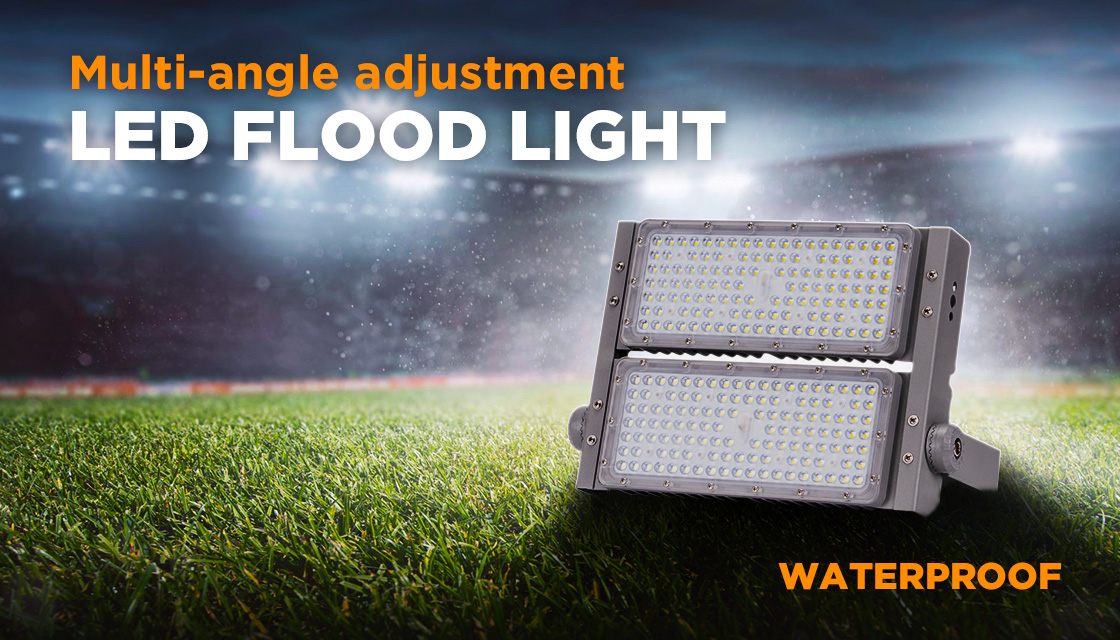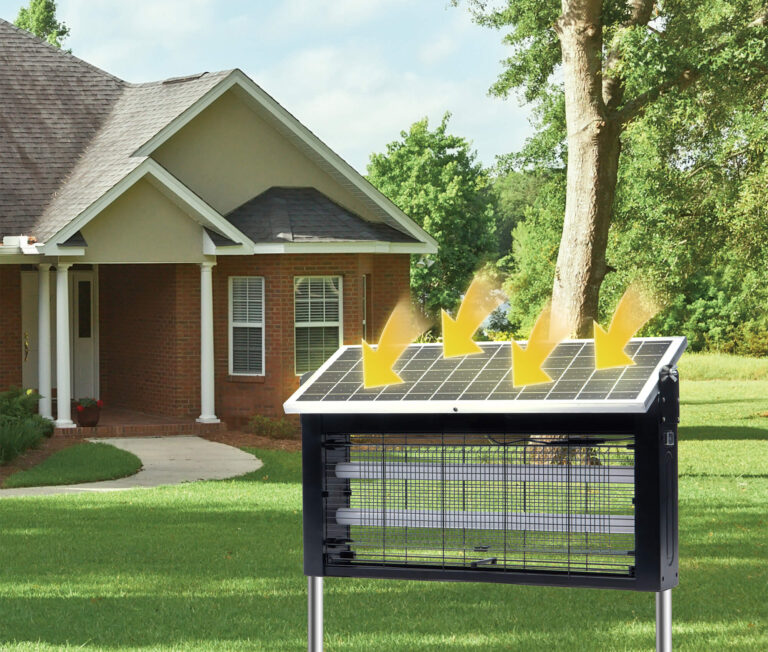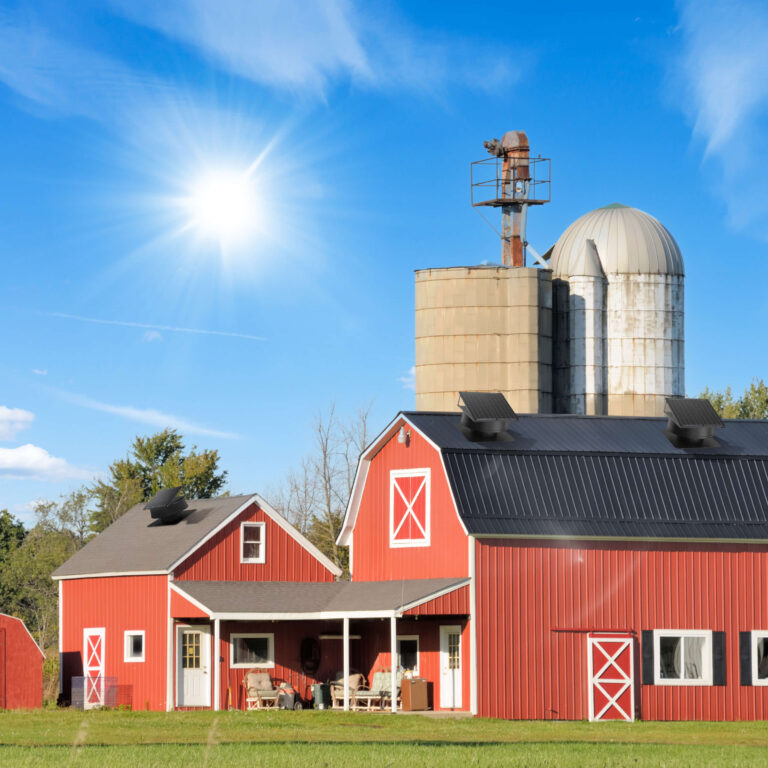💡 What Is a Floodlight?
Sports arenas & stadiums Commercial building facades Industrial yards & warehouses Public spaces & parking lots Event stages & outdoor performances Security & surveillance lighting
⚡ LED Floodlights vs Traditional Floodlights (Halogen / Metal Halide)
| Feature | LED Floodlights | Halogen / Metal Halide Floodlights |
| Energy Use | Up to 80% more energy-efficient | High energy consumption |
| Brightness (Lumens) | 700 – 20,000+ LM, efficient & bright | Require higher wattage for same brightness |
| Lifespan | 25,000 – 50,000 hours | Around 20,000 hours |
| Heat Emission | Low heat, safer | High heat, risk of fire or burns |
| Environmental Impact | Mercury-free, recyclable | Contain toxic materials |
| Startup Time | Instant full brightness | Delayed start, may need warm-up |
| Maintenance | Longer intervals, low cost | Frequent bulb changes |
Conclusion: LED floodlights outperform traditional options in nearly every category—especially in efficiency, cost savings, and durability.
✅ Key Features & Benefits of LED Floodlights
1. Superior Brightness & Versatility
Wide lumen range suitable for various needs: from subtle landscape lighting to high-powered sports field illumination.
Customizable color temperatures (Warm White, Natural White, Cool White).
2. Adjustable Brightness & Dimming
Supports dimming for mood control, energy savings, and extended lamp life.
Compatible with 0-10V, DALI, and smart lighting systems.
3. Weatherproof & Durable
Most models rated IP65, IP66 or higher, making them dust-tight and protected against water jets.
Resistant to extreme temperatures, corrosion, and UV rays.
4. Eco-Friendly & Safe
No hazardous substances like mercury.
Reduced CO₂ emissions, contributing to greener buildings and cities.
5. Long Lifespan & Low Maintenance
Fewer replacements, less downtime, ideal for remote or hard-to-reach locations.
🛠️ How to Choose the Right LED Floodlight
Key Factors to Consider:
- Lumens: Determine brightness needs based on area size.
- Wattage: Look for lower wattage with higher lumen output.
- Color Temperature (Kelvin): Choose based on mood & use (2700K–6500K).
- IP Rating: Must be IP65 or higher for outdoor use.
- CRI (Color Rendering Index): ≥80 for true color representation.
- Installation Type: Wall-mounted, pole-mounted, ground recessed, etc.
📍 Installation & Maintenance Tips
Installation Best Practices:
- Ensure proper aiming to avoid glare or light pollution.
- Choose suitable mounting (ceiling, wall, post, or ground).
- Verify electrical load capacity and use professional installers if needed.
Maintenance Checklist:
- Clean with a soft, dry cloth regularly.
- Check for water ingress, corrosion, or loose fittings.
- Inspect after storms or extreme weather.
- Replace only with compatible LED modules or bulbs.
🔮 Future Trends: Smart & Sustainable Lighting
Smart Controls: Motion sensors, daylight harvesting, remote app control. Solar-Powered LED Floodlights: Ideal for off-grid or remote locations. Human-Centric Lighting (HCL): Dynamic color tuning based on time of day.





